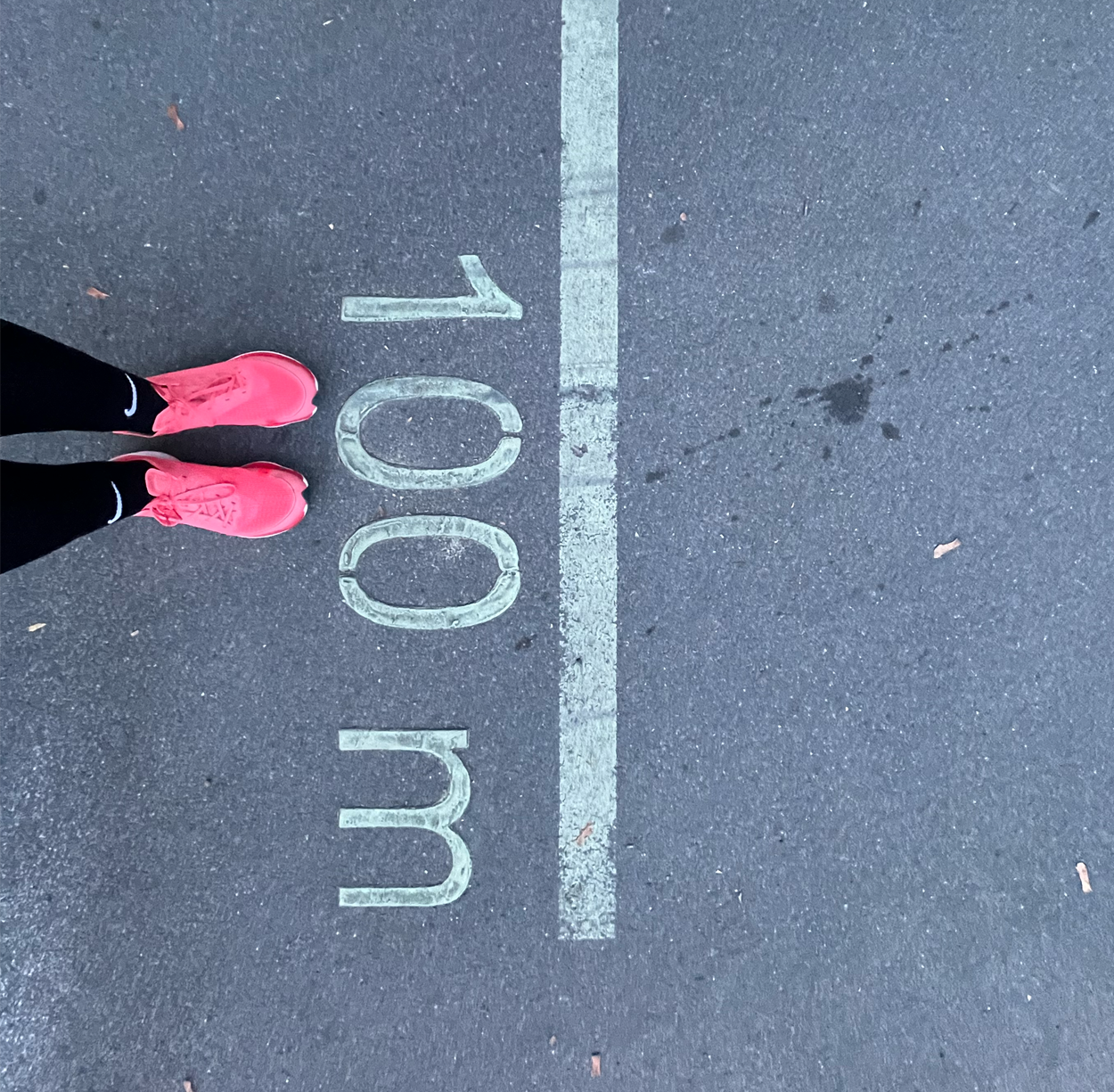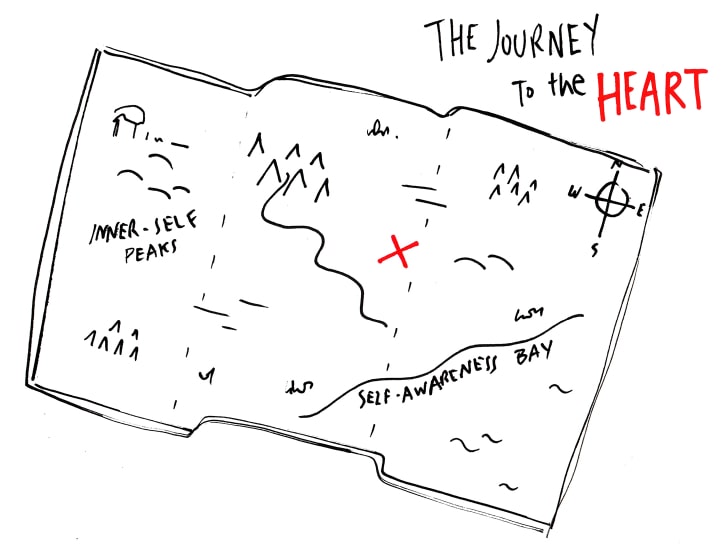_
Leadership coaching is an organizational investment to build the future in the here and now.
This is the conclusion and takeaway of this post. Read on to discover how and why you should not miss out!
In conversation with 6 members of the Gig Mindsetter community, all top experts in organizational change, learning, communications, leadership, and management we reflected on the following question: How do we involve/explain the value of cross-collaboration and new ways of work to top executives?
Because there are many top leaders that are not aware of the importance of collaboration in the age of exponential change.
The following lines summarize the wisdom they shared. Watch out, 7 valuable insights follow!

1. Organizational culture has to be purposeful.
2. The CEO has to model the way.
A healthy organizational culture unfolds from the top leadership level. It is defined by example, it is linked to being, to the behaviors that are modeled not the things that are just said. When leaders at the top are ready to collaborate they nurture a fertile soil for change to also happen bottom up.
3. Change and collaboration are triggered by business needs.
If you aim to collaborate you have to understand the benefits for the business.
It is important to take time to reflect and observe:
in which ways would collaboration impact your bottom line in the short, middle, and long term?
What are the advantages and possibilities that it might unleash?
4. Co-creation and collaboration have to be in one way or another enacted values of the organization in order to happen.
In which ways do your enacted values guide decision-making to activate both of them in the day-to-day?
Creating a collaborative culture is an ongoing effort that requires of finding effective ways and strategies to best collaborate according to the organization’s needs and aspirations. This means it is key to know how and intentionally design and/or set up ways to collaborate.
_

5. Developing a collaborative culture takes time, it is a long-term investment with long-term benefits.
Be patient and persistent. Adapt, pivot, and transform according to what is tested and needed in everyday work.
It is important to acknowledge that, like people, organizations are made of habits and those need to be observed.
Are the things we do and the way we do them aligned with what we are looking for?
Are our habits (ways of doing, procedures, or ways to implement them) driving or blocking the necessary change, collaboration and co-creation?
Changing habits will take time, consistency, and persistence. It requires support.
Incentives for collaboration play an important role in that.
Organizations are made of people and at the end of the day, collaboration and organizational culture go back to them, especially to the individual leader.
So tell me, what is your leadership investment plan?
When it comes to organizational change and nourishing cultures of collaboration investing in the leader is key.
In an exponentially changing world, leadership development investment is key both for having success now and to also thrive in the years to come.
Think about it…
What if you don’t invest in that?
What could be the impact and the side effects you would better not face?
True is too that not every leader is going to be ready for change, collaboration, and co-creation. Some will leave, others will cheer it and the rest might go through a phase of fear and self-doubt until they unlearn, relearn and regain self-confidence and renewed strength.
“What got you here, won’t take you there” – it is as true for organizations as it is for top management, as the words of top executive coach Marshall Goldsmith remind us.
The thing is that in the midst of digitalization when things move exponentially fast, leaders are needed at all organizational levels. What is more, it is important to develop them from day one.
It is a journey, it takes time. Yet benefits are to be observed at every step.
6. When it comes to change and collaboration cultures there is a need for vision.
There is a need to look into the future to build things in the present.
Where does your organization want to be in 5,10, 15 to 20 years?
The future is now.
Remember?
It all starts with purpose.
So what is your purpose? What does it signify down the road?
Organizational change and the ability of organizations to collaborate are not different but deeply connected to the organizations’ leaders taking on the journey to explore and answer a simple yet profound question:
Who am I as a leader?

7. Leadership coaching is key. It is an investment. It’s a win-win.
It is about investing in self-generative learning on the basis of the developmental needs of the leader and your organization itself.
It’s a win-win.
For the leadership talent, that you will be able to attract and retain, and the results you might be able to reap as you all, leaders, teams, and the organization flourish in the journey to enact your purpose and create a positive meaningful impact.
If you are looking for unique leadership learning & development experience just let me know.






